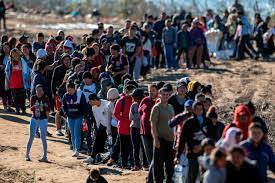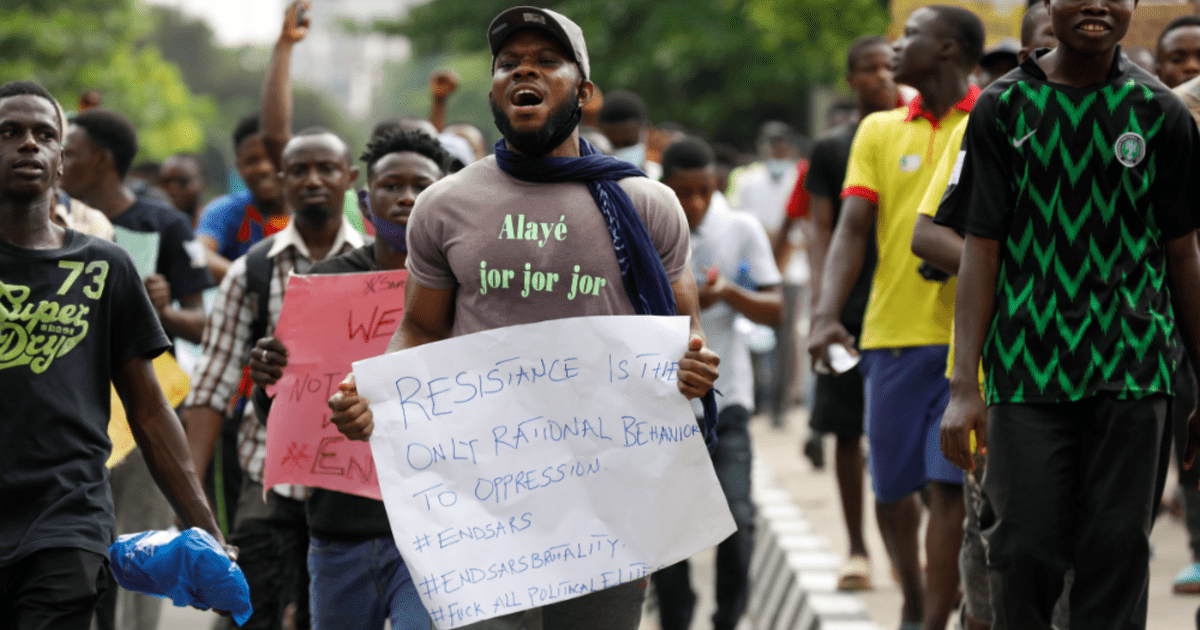Reasons Behind Surge in US-Mexico Border Crossings
The US-Mexico border witnesses a surge in migrant arrivals, sparking debates over immigration policies and border security. Experts point to several factors driving the increase in crossings, including pent-up demand after lockdowns, global migration trends, and shifts in US presidential administrations.
Central American migrants fleeing gang violence, poverty, and political repression contribute to the surge, seeking refuge and better opportunities in the United States. Pandemic-era restrictions initially led to a decrease in border crossings, but easing mobility restrictions in 2021 reignited migration flows.
Global migration trends also play a role, with a record number of migrants seeking entry into rich countries, including the US. Asylum seekers from countries like Venezuela and Nicaragua add to the influx, highlighting the broader displacement crisis worldwide.
Changes in US presidential administrations impact border dynamics, with shifts in tone and policy influencing migrant perceptions and behaviors. The Biden administration’s approach, including a shift away from deterrence-focused policies, has drawn mixed reactions and contributed to increased migration flows.
The surge in US-Mexico border crossings underscores the complex interplay of socioeconomic, political, and policy factors shaping migration patterns. As policymakers grapple with addressing the issue, understanding the multifaceted nature of migration is essential for developing effective and humane solutions.








